Etude de cas
Sustainable Arboriculture

Learn how impact measures are used in arboriculture to accelerate and enhance changes in
arboricultural practices to better respond to consumer expectations.
Etude de cas

Learn how impact measures are used in arboriculture to accelerate and enhance changes in
arboricultural practices to better respond to consumer expectations.
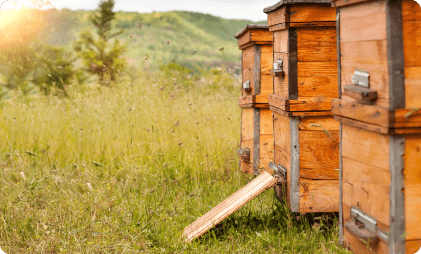
It’s a perennial crop, which by definition, creates a monoculture right-of-way over several hectares. Responsible arboriculturists use the inter-row and plot edges to plant plant species, hedges, woods, and plant cover to compensate for this right-of-way.
Vegetation will have an impact on the habitat of birds and insects—but also on the food supply. Bees are relevant bioindicators if the food supply is insufficient, and so they’ll disappear from this area the same way an entire ecosystem might.
Knowing that all the quality criteria of most fruits are impacted by the quality of the pollination service itself, pollinators are crucial crop axillaries for better tree yields. Attaching wild pollinators or honey bees in the vicinity of the crop is therefore an additional environmental service that benefit arborist themselves.
The continuous measurement of food availability with the BeeGuard biomonitoring system allows arborists to characterize each year and periods of surplus, balance, and deficit. By targeted response to rebalance the periods of deficit arborists can have the most impact and the best compromise between investment and results.
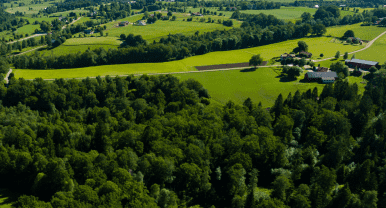
Arboricultural practices, like all human activities, can have a significant impact on pollinators through the use of phytosanitary products—but also the management of plant cover.
Today, responsible arborists want to measure the real impact of their activity on pollinators. But they also must keep a vision on environmental quality and ensure the presence of food in the perimeter throughout each season.
Committed arborists analyze the activity of bees as bioindicators with the BEEGUARD biomonitoring solution, which represents a vector of information directly related to their local practices.
The arborist can measure if the impact of his change of his methods has been positive and if there are still negative impacts to improve. These indicators can be used to support labeling or access to quality supply chains.
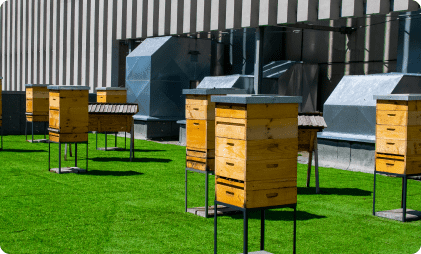
The pollination service is key in obtaining all the quality criteria of most fruits. To ensure this service often used in arboriculture, we will call upon hive rental services for bees or other pollinators with complementary qualities (like orchard bees and bumblebees).
BeeGuard biomonitoring pollination service allows users to characterize the foraging potential and effort and the cohesion between practices and the pollinators themselves. These numerical indicators will allow to optimize the introduction of pollinators in number and also to have a balanced dialogue between beekeepers and farmers.

Beyond the production of fruit and the good health of your trees, you’ll try to compensate for the impact of the orchard on its environment. Participate in rebalancing the surrounding ecosystem. By implementing sustainable and profitable agroecological infrastructures for the ecosystem chain. Find a balance between these environmental services and stable economic performance from arboricultural exploitation. Targeting priority actions is the most efficient way.
Regardless of whether you’re in a conventional, high-value ecological, or organic market, you’re committed to reducing your insecticide, fungicide, and herbicide inputs and staying in compliance with ECOPHYTO or the European Green Deal. By preventing conflict between your bees’ activity and your agricultural approaches, the arboricultural exploitation will prove the result of its evolutions in the orchard.
The key to the yield of most fruit productions is impacted by the pollination service. The optimization of the pollination service can be done by fine-tuning the pollinator supply according to the realities of the field at the time of flowering (climatic situation, quality of pollinator colonies, etc.). The metric number of hives doesn’t suffice. You have to go further to determine the potential and the effort of foraging to really optimize the pollination service in a logic of neither too much nor too little.

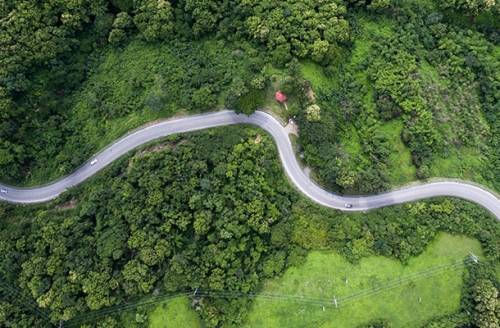
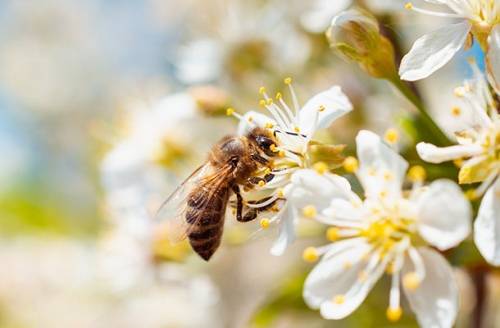

BeeGuard's professional sensors easily adapt with the hives you already have. Sensor maintenance is very limited.
As soon as they’re installed, the sensors produce activity data, monitoring the health of the bees and the climatic context. The data can be consulted freely throughout the year via the dedicated BeeGuard application. All data can be exported for specific use. The ownership of the data is entirely held by our customers so they can are the ones who control what information is shared.
An annual report summarizes the analysis of all data and highlights key events. The report also presents key indicators such as food availability for pollinators, foraging potential and efforts, and daily mortality monitoring.


Reach out to discuss your project and its implementation.


